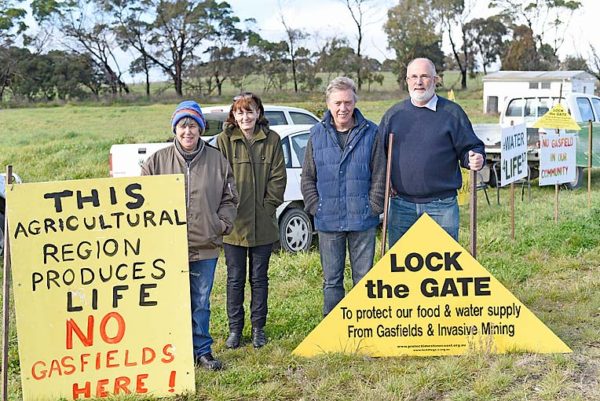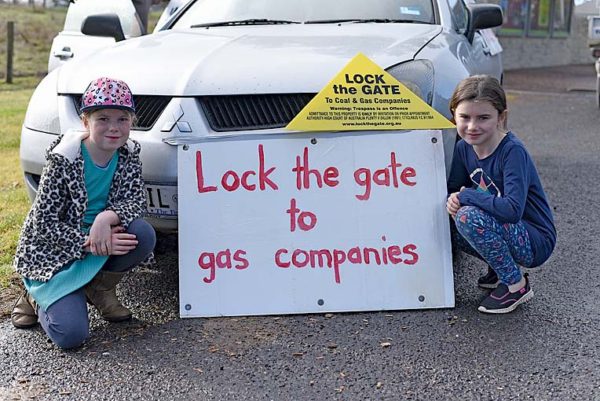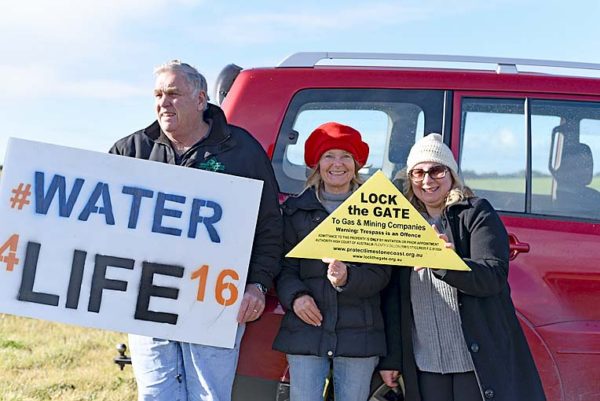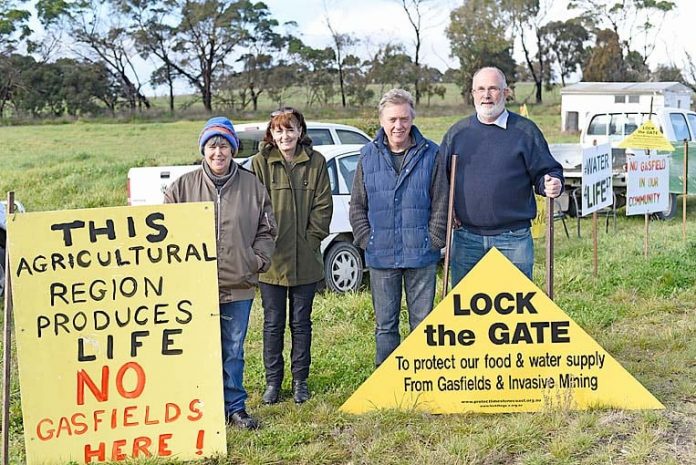
REGIONAL gas mining opponents lined the region’s highways on Saturday as part of a national roadside protest to ‘lock the gate’ to invasive gas mining.
While the national campaign aimed to demand the protection of nationally significant water resources, locals protested ahead of a multi-million-dollar exploration drilling project set to begin south of Penola in August.
Concerned residents, landowners and stakeholders waved homemade banners at passing motorists to demonstrate their opposition to Beach Energy’s proposed Haselgrove-3 exploratory well.
Limestone Coast Protection Alliance member Sophie Henke said groups of protesters were stationed on highways in Mount Gambier, Tarpeena, Nangwarry, Penola, Naracoorte and Millicent.
“Everyone has been giving us a toot as they drive past – we have been very popular,” Ms Henke told The Border Watch.
“We have our thermos, snacks and knitting – we’re ready to spend the day here.”

Fellow protester Tony Beck said the national campaign was timely for local gas mining opponents.
“We were involved in last year’s protests and this year we are part of a bigger movement,” Mr Beck said.
“Today there are protests on highways across the nation as part of the Water 4 Life national highway action.
“Locally, we are highlighting the risk to our vulnerable water resources if the gas exploration near Penola goes ahead.”
Stationed opposite the Mount Gambier Airport, Kevin Norman said a vast majority of passing motorists had given an enthusiastic toot and a wave to show their support.
“There has been plenty of support from everyone driving by this morning,” he said.
“The problem is no one in Adelaide has any grasp on the issue and that’s where our politicians are – it doesn’t directly affect them so they aren’t concerned.
“The dangers have been proven – gas mining poses a significant risk to the biodiversity of the Limestone Coast and the health of residents.”
Beach Energy South East regional manager Glenn Toogood told The Border Watch last week the company was in the final stage of negotiations to lock down the location of the drilling site.







